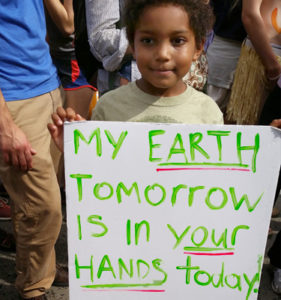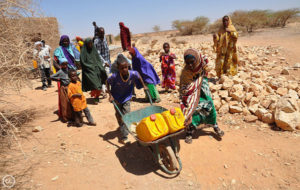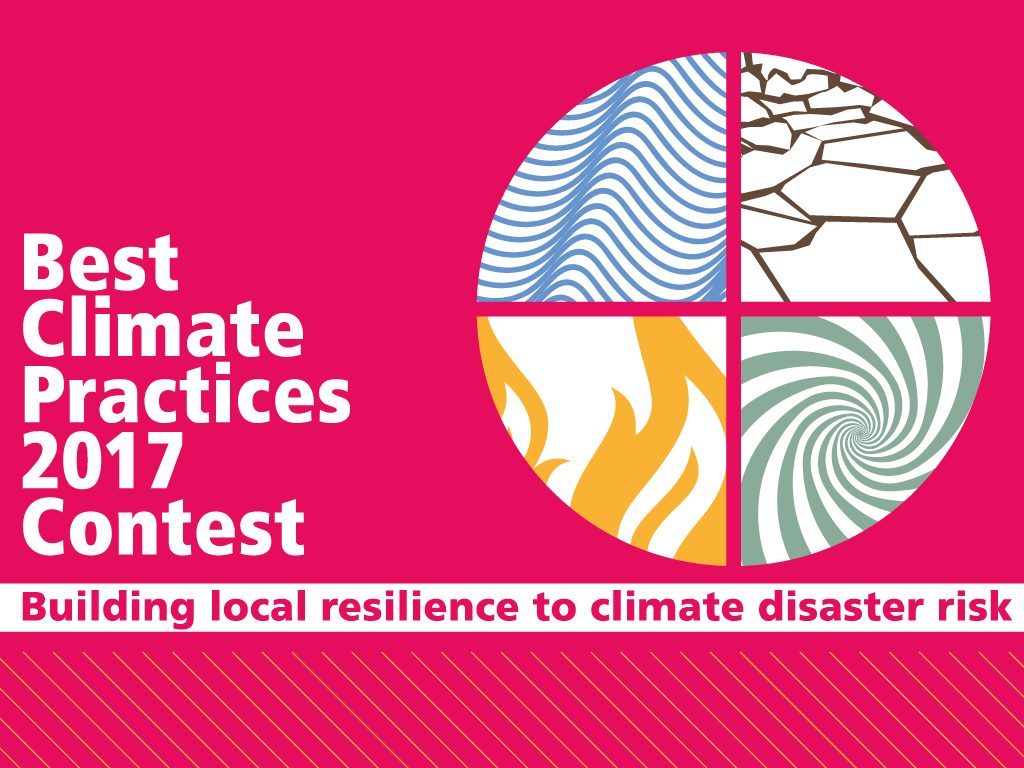What can we do about climate change?
The Best Climate Practices Observatory has just announced its fifth challenge “Building local resilience to climate disaster risk, in a search for innovative best practices to address the severe danger from extreme weather events.
The 2017 contest, which begins March 13 and runs through May 31, encourages participation by offering access to a host of financing options to Kick Start project ideas. An interactive map provides easy access to geographic regions and topics covered in previous challenges.
By choosing the theme of the 2017 Contest, the Best Climate Practices observatory focuses the attention on core aspects of the 2030 Agenda for Sustainable Development – contributing, among others, to Goal 1 (End poverty in all its forms everywhere), Goal 2 (End hunger, achieve food security and improved nutrition and promote sustainable agriculture), Goal 3 (Ensure healthy lives and promote well-being for all at all ages), Goal 11 (Make cities and human settlements inclusive, safe, resilient and sustainable), and Goal 13 (Take urgent action to combat climate change and its impacts).
The Observatory, tasked with “sharing ground-breaking climate friendly practices” is a project of the International Center for Climate Governance (ICCG).
[title type=”h4″]Disaster Risk Reduction (DRR): An Overview[/title]
 As global warming increases the intensity and frequency of extreme weather events, impacted communities around the world are investing in modifications to infrastructure, changes in agricultural systems, and revamping their economies, shifting to more sustainable means of livelihood. Emergency response capacity is being designed at the national, regional and local level.
As global warming increases the intensity and frequency of extreme weather events, impacted communities around the world are investing in modifications to infrastructure, changes in agricultural systems, and revamping their economies, shifting to more sustainable means of livelihood. Emergency response capacity is being designed at the national, regional and local level.
The most recent official analysis of global disasters (World Disasters Report 2015. IFRC) reported that in 2015 some 108 million people were affected by natural disasters: 1/2 by drought, 1/3 by floods and 10% by storms. Less than 1/2 of each US dollar committed to international aid is invested in disaster risk reduction.
Fast Facts
[list type=”caret”]
- More than 90 percent of disaster fatalities occur in developing countries
- In the past 20 years, disasters have killed more than 1.3 million people and impacted over 4.4 billion
- Earthquakes, hurricanes and cyclones cost upwards of US$180 billion annually
- Over 175 million children will be impacted by climate related disasters within the next decade
[/list]
In a recently published study for Nature Climate Change, scientists used twenty climate models to predict that the number of extreme weather events will double this century as increasing levels of green house gasses cause extreme El Niño occurrences.
 El Niño events are a prominent feature of global climate variability, dangerously impacting weather patterns, ecosystems, and agriculture and intensifying extreme weather events.
El Niño events are a prominent feature of global climate variability, dangerously impacting weather patterns, ecosystems, and agriculture and intensifying extreme weather events.
DRR provides communities with toolkits and skills to anticipate and respond to ‘natural’ disasters. DRR efforts are most successful when they rely equally on the open sharing of information across all sectors of the global society and the incorporation of local knowledge and skills.
Youth can be active participants in DRR projects designed to:
[list type=”caret”]
- Reduce the need for relocation through the promotion of local adaptation efforts
- Improve community resilience in the areas of agriculture and food security and water and sanitation
- Reduce the impact of climate change on global health issues as they impact local communities
[/list]
The 11 countries most at risk of disaster-induced poverty are Bangladesh, Democratic Republic of the Congo, Ethiopia, Kenya, Madagascar, Nepal, Nigeria, Pakistan, South Sudan, Sudan and Uganda, according to the Overseas Development Institute.

